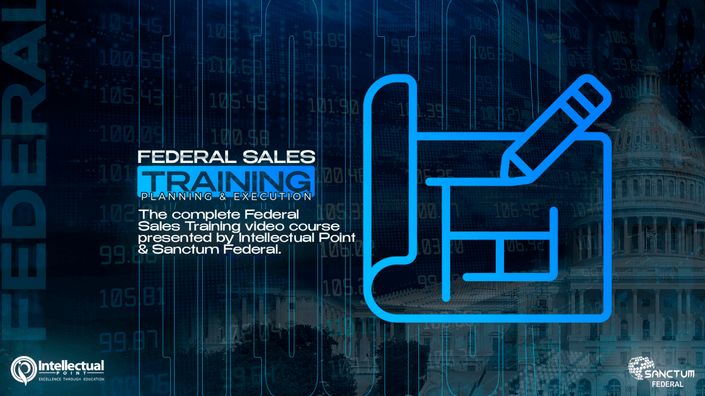The North American Industry Classification System (NAICS) created the NAICS codes used today to support the Federal Statistical Agencies' need "for the collection, analysis and publication of statistical data related to the US Economy" [source]. Simply put, NAICS codes operate on a self-assigned system where companies select the code(s) best aligned to their business activities. The codes available for self-selection use the following hierarchical structure:
- Sector: The first 2-digits of the code
- Subsector: The sector code + 1 digit
- Industry Group: The sector code + the subsector code + 1 digit
- NAICS Industry: The sector code + the subsector code + the industry group code + 1 digit
- National Industry: The sector code + the subsector code + the industry group code + the NAICS industry code + 1 digit
- NAICS Industry: The sector code + the subsector code + the industry group code + 1 digit
- Industry Group: The sector code + the subsector code + 1 digit
- Subsector: The sector code + 1 digit
Here's an example of the hierarchical categories for NAICS Code 541512:
- Sector: 54 Professional, Scientific, and Technical Services
- Subsector Sector: 541 Professional, Scientific, and Technical Services
- Industry Group: 5415 Computer Systems Design and Related Services
- NAICS Industry: 54151 Computer Systems Design and Related Services
- National Industry: 541512 Computer Systems Design Services
- NAICS Industry: 54151 Computer Systems Design and Related Services
- Industry Group: 5415 Computer Systems Design and Related Services
- Subsector Sector: 541 Professional, Scientific, and Technical Services
Why Are NAICS Codes Important To Federal Sales?
While NAICS Codes may seem like a simple classification system, depending on your business size they can actually be incredibly important to your overall Federal Sales success. The Small Business Administration (SBA) is committed to offering a level playing field for small and large business alike when it comes to federal contracting. They do this by dedicating a specific percentage of government funds to be awarded to small businesses by limiting the types of companies that can bid on them; this is known as a small-business set aside.
Small business set-asides are vital to the success of small government contractors that don't necessarily have the marketing funds and federal resources of large contractors such as Boeing, Lockheed Martin, Raytheon Technologies, etc. Currently, the government aims to award the following percentage of contracting dollars to the associated socio-economic groups:
- 5% to 8(a) Small Disadvantaged Businesses
- 3% to HUBZone-certified small businesses
- 5% to women-owned small businesses
- 3% to service-disabled veteran-owned small businesses
But what does this have to do with a NAICS code?
In the spirit of fairness, assigning a blanket size standard across all industries would not truly distinguish whether a business falls within a small business designation. Each industry faces different costs of doing business that would directly impact whether their revenues would consider them to be a small business or not. This is where the NAICS code comes into play. The SBA assigns limits in either the form of company revenue or number of employees to each NAICS code. If your business falls under the threshold for your unique NAICS code, then you are considered a small business and can compete on relevant set-asides.
Here's an example of the NAICS Code to small business designation in action:
- Computer Systems Design Services (NAICS 541512) are considered a small business if their revenues fall under $30M
- Information Technology Value Added Resellers (a subsection under NAICS 541519) are considered a small business if their number of employees fall under 150
How Do I Find Out What My NAICS Code Is?
If you are working at organization that already has an established business with the Federal Government, then your company likely has a NAICS Code. The easiest way to locate your NAICS Code is to use your browser and search for "[YOUR COMPANY NAME] NAICS Code."
If this doesn't work, contact whoever manages the organization's SAM account and it should be listed in there as well.
If your company is not currently using a NAICS code, then it is time to choose one! Again, this is a self-selection system so you simply choose the code that best describes your primary business function and use it when asked for it. While you typically choose the one code that represents your primary business line (aka the activity that generates the most revenue for your business), there are instances where you may need to choose more than one in order to fully cover your business activities. The same self-selection process applies when choosing one or more NAICS codes, so just choose and use the ones that are right for your business!

You Can Learn About NAICS Codes & More In Our OnDemand Federal Sales Certification Course!
By registering for our course, you gain 30 days access to self-paced training lessons, hands-on activities with Federal sales tools, course e-book, practice exams & more.


